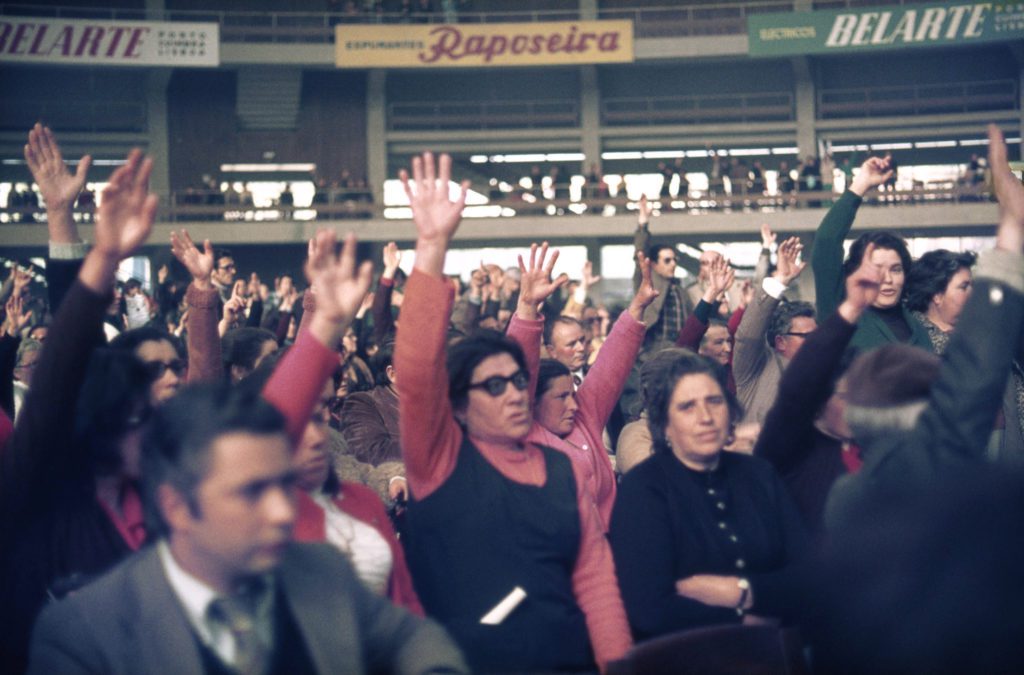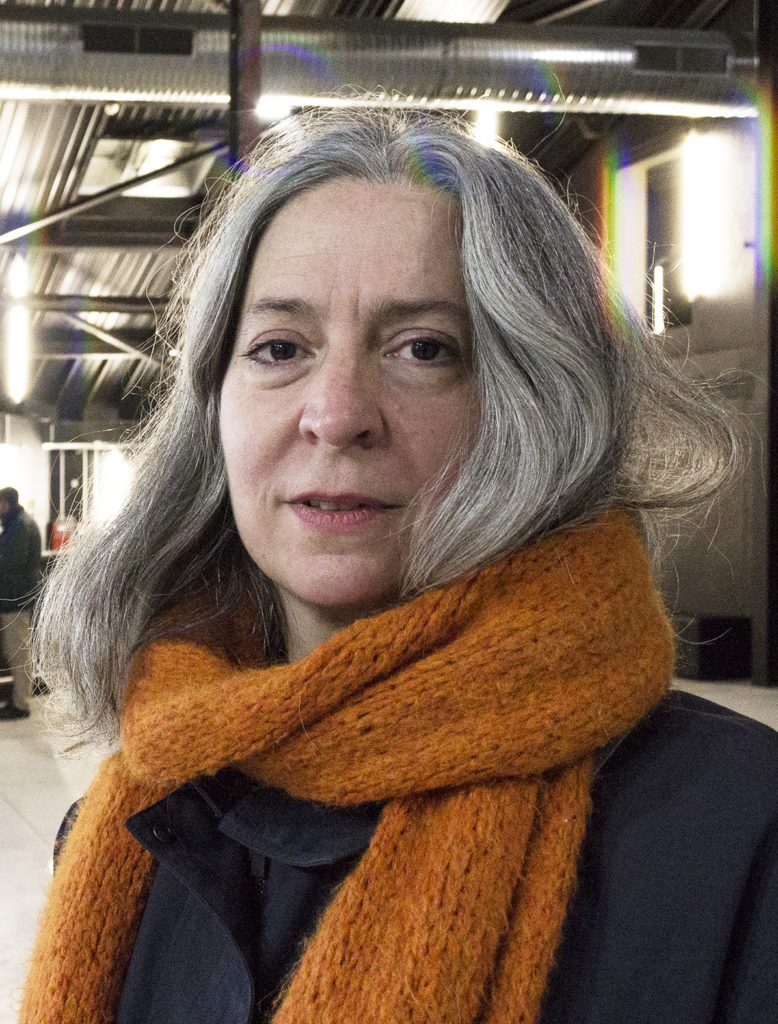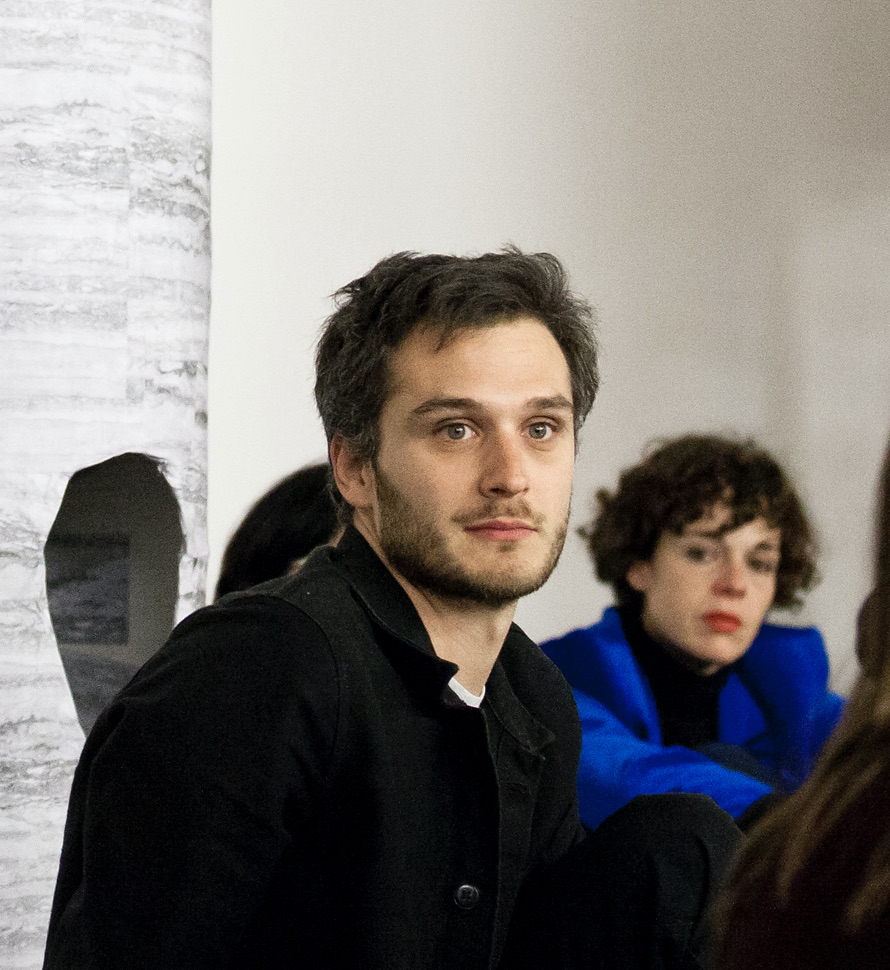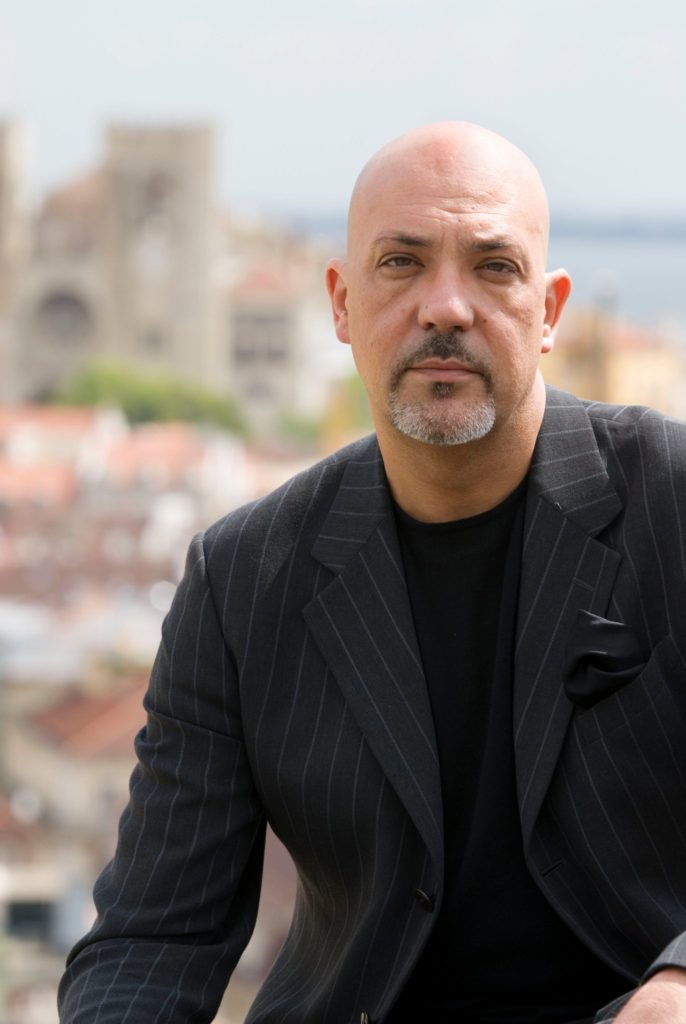(Re)building together - the city












- 27/01/2022
- Local: 7.30pm
Paris: 7.30pm - Bibliothèque de l'Institut national d'histoire de l'art - Salle Labrouste Institut national d'histoire de l'art, 58 rue de Richelieu - 75002 Paris, FR
- France
- French
- https://www.inha.fr
During an exceptional evening, which will take place in the prestigious Labrouste room of the Library of the National Institute of Art History, the INHA proposes to open the debate on the theme "(Re)building together".
The city is not only the framework of social and political dynamics, but an issue in its own right in which inhabitants, artists and architects are stakeholders. In this respect, periods of construction or reconstruction are privileged moments when representations, sometimes contradictory, are brought together and confronted to determine the forms and contours of a future landscape. This Night of Ideas will address the way in which consensus and dissensus are defined and expressed, at the moment when cities are made or unmade.
The first consequence of destruction, whether the product of cataclysm or conflict, is to transform the urban landscape into ruins. Modern cities in Europe are marked by such events, which, from the Great Fire of London (1666) to the Lisbon earthquake (1755), produce a contradictory spectacle, a vestige of a destroyed past and a prelude to a possible renewal. The ruins are at the heart of a negotiation as to whether reconstruction should be moulded into the traces of the past, or whether it should be a clean slate.
Challenges to the urban order and opposition to development projects take many forms. If the dramatic aspect of the great revolutionary scenes, in which fires and looting overturn the monuments and symbols of an established order, constitute canonical examples, there are also low-intensity conflicts which locally express the point of view of inhabitants, users or groups who oppose major works. From the Haussmannian breakthroughs to the renovation of the Les Halles district, what are the forms taken by urban struggles?
Finally, in this long history, the 1960s, which saw the emergence of a 'right to the city', perhaps marked a turning point. Architects and urban planners then tended to rethink the modalities of their interventions, by inventing practices of cooperation with the inhabitants. In short, this historical overview aims to draw up perspectives for understanding and acting on the very profound changes that metropolises are undergoing today, and which affect our daily lives.
The event will focus on a European dialogue on the major issues of our time through an interdisciplinary prism and in a user-friendly format.
In partnership with the French Institute and the Louvre Museum
Lou Forster (INHA)
______
Programming
- 7.30-7.45 pm
Introduction byÉric de Chassey
- 7.45pm-9pm
Traces of the past, signs of the future
Charlotte Chastel Rousseau (curator at the Louvre Museum)
Reflections on two landscapes in Lisbon
Round table
Joana Cunha Leal (Professor of Art History at the Nova University of Lisbon)
Marco Folin (professor of architectural history at the University of Genoa)
François-René Martin (professor of history at the École nationale supérieure des Beaux-Arts de Paris)
Moderated by Charlotte Chastel-Rousseau (curator at the Louvre Museum)
- 9-10pm
Criticism and resistance
Pauline Chevalier (lecturer at the University of Bourgogne Franche-Comté, scientific advisor at INHA)
An industrial architecture for painting: The XIIIth Paris Biennial at La Villette
Round table
Isabelle Backouche (director of studies at the EHESS historical research centre)
Françoise Fromonot (architect, professor at the Ecole nationale supérieure d'architecture de Paris-Belleville)
Moderated by Vincent Lemire (lecturer in contemporary history at the Gustave Eiffel University, director of the French Research Centre in Jerusalem)
22:00-23:15
Cooperation and participation
Catarina Alves Costa, Casas o povo (2010), HD video, 15 min
Presented by Mickaël Robert-Gonçalves(PhD in film studies)
Produced as part of the Lisbon Architecture Triennial using archival documents, Casa o povo shows how, following the Carnation Revolution (1974), social housing in Portugal was rebuilt through the SAAL project (Serviço de Apoio Ambulatório Local [Local Support for Ambulatory Services]).
Round table
Delfim Sardo (director of the Centro Cultural de Belém, curator of the exhibition The SAAL Process: Architecture and Participation, 1974-1976)
Nicole Concordet (architect)
Dorota Jędruch (Professor of Art History at the Jagiellonian University, Krakow)
Moderated by Lou Forster (researcher at INHA)
11.15-11.30pm
John Cage, Imaginary Landscape no.4 for 12 radios
Written in 1951, Imaginary Landscape No.4 is a landmark work by John Cage. Composed using a random method, it opens up musical composition to the ambient sounds broadcast on radio waves. A few months before 4'33'' (1952), it announces the importance that the composer would give to silence, as a way of welcoming 'everything that can happen'. This piece is part of a series composed from 1939 onwards under the influence of the futurist artist Luigi Russolo. Cage made 'the sounds of contemporary cities [...] the source of his music'. Written for percussion orchestras including car brakes with drums, an anvil or a gong immersed in water, the first three opuses trace the path of a noisy music. The fourth part offers a different kind of figuration of the city, since it is now based on a factor of indeterminacy linked to the place and the moment when the piece is performed. Finally, the orchestral form, which brings together 24 instrumentalists, induces the idea of a group or a community at work, outlining the challenge that the composer will face in taking into account music as an eminently social activity. For the Nuit des idées, this piece performed by amateur musicians will be conducted by international conductor Claire Levacher.
Partners







